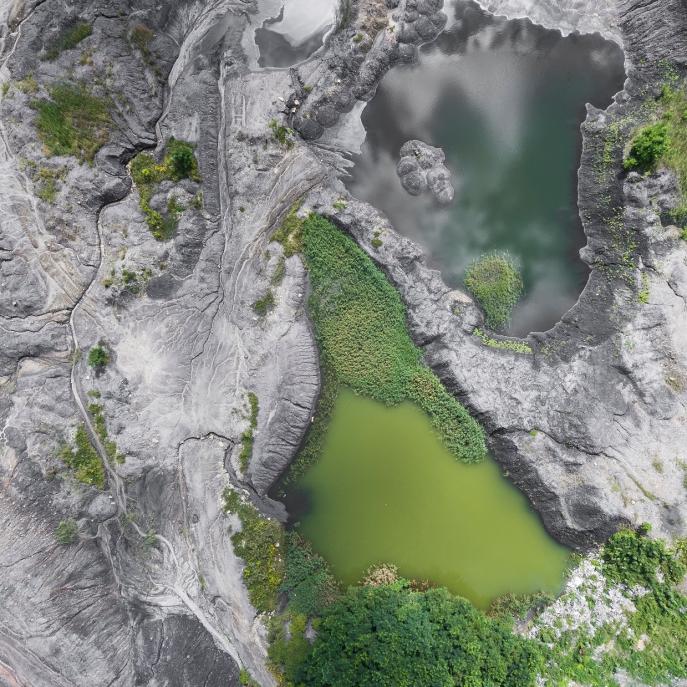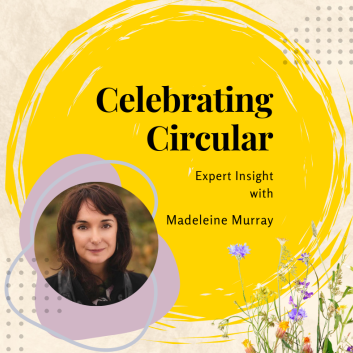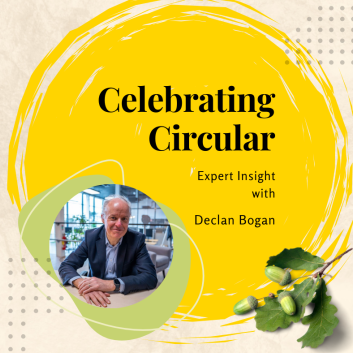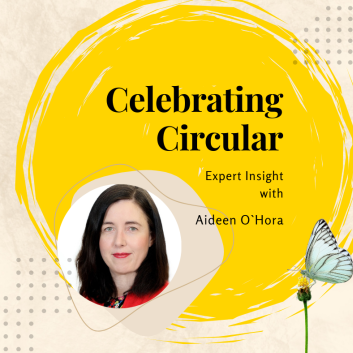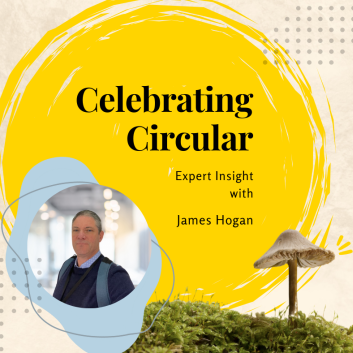A Circular Economy could prevent climate breakdown but needs speeding up
The Circularity Gap Report 2021, based on a global scoring system, was released on the 26th of January, highlighting the urgent need to transition to a circular economy in order to tackle climate change related risks.
It aims to empower key decision-makers in both business and government to coordinate actions to accelerate necessary changes.
The research revealed that Circular Economy strategies could cut global emissions by 39%.
Still, the global economy was just 8.6% circular in 2020, meaning the world is consuming over 100 billion tonnes of materials per year and only 8.6% of that is reused in any form.
Two years prior, it was 9.1%, which makes it clear that things have effectively gotten worse.

The report is launched annually during The World Economic Forum’s Annual Meeting in Davos, published by the Circle Economy impact organisation dedicated to accelerating the circular economy transition.
“The Circularity Gap Report offers not only a sober warning of the danger of climate inaction but a clear map forward.
A collaborative effort is necessary among government, business and civil society to scale the circular economy and drive down emissions.
Only through collective investment in and commitment to circular practices can we shape a more sustainable, resilient future,” said Borge Brende, President of the World Economic Forum, at the launch.
The report finds that 22.8 billion tonnes (Gt) of annual emissions associated with creating new products from virgin materials can be eliminated by applying circular strategies.
That would drastically reduce the amount of minerals, fossil fuels, metals and biomass consumed globally.
It calculates that approximately 70% of all emissions are generated by the extraction, processing and manufacturing of goods to meet society’s needs – the meals we eat, the clothes we wear and so on.
Martijn Lopes Cardozo, Circle Economy CEO, said: “Governments are making huge decisions that will shape our climate future.
They are spending billions to stimulate their economies after the Covid pandemic, and they are committed to strengthening their climate commitments ahead of the Glasgow Climate Summit.
Circular economy strategies hold the key to a resource-efficient, low-carbon and inclusive future.”
The strategies identified in the publication would cut annual material consumption down to 79Gt, by reducing the number of materials used to make products and services, using resources for longer, and replacing finite resources such as fossil fuels with regenerative resources such as renewable energy.
Additionally, they would increase the proportion of reused materials to 17%, nearly doubling the global economy's circularity.
Laxmi Haigh, science writer at Circle Economy and one of the lead authors of the Circularity Gap 2021 report shares more insights:
“I think it is important to be optimistic.
In the last ten years, the circular economy has moved from being more of a ‘fringe’ topic to a mainstream one.
The solution for restoring balance is right in front of us, but it will take the energetic collaboration of people across governments and industries to make it a reality.”
Mobility, housing and nutrition are also named the three fundamental societal needs responsible for nearly 70% of global emissions. These are the areas where circular strategies can have the most significant impact.
“The tagline of our report is: 'Solutions for a world that consumes 1 billion tonnes of materials and has warmed by 1-degree'.
And that is what we have done: provide solutions.
We have identified which circular actions can be most beneficial in reducing virgin resource extraction and limiting greenhouse house emissions across the six most prevalent 'needs and wants'.
Based on the findings, we present a circular roadmap of 21 interventions that countries can adopt into their climate plans moving forward.
From adopting healthier diets to assessing how multifunctional the buildings we construct are, the roadmap is wide.

In this way, any country interested in integrating the circular economy into its climate plans and pledges can use our report as a handbook, or look for more tailored insights,” adds Haigh about how to make the best use of this report and take action.
Different strategies are appropriate for different countries at various stages of economic development.
The report presents blueprints for governments to take actions in three broad categories - low-income, middle-income and higher-income countries - with different priorities for each.
At this stage, the world is on course for a climate breakdown, but the report suggests that we can bridge the gap to achieve climate neutrality through leadership and action.
Suppose the coming decade is the decisive one for humanity’s future on this planet.
In that case, 2021 is the year to ramp up our efforts to bring our goals into realistic reach and prevent the worst potential impact of climate change from becoming our reality.
Martin Frick, Senior Director Policy and Programme Coordination at the United Nations Framework Convention on Climate Change says,
“For billions of years, our home planet was in a perfect cycle: New life constantly emerged out of the same carbon that existed as life before.
We need to restore this balance and achieve carbon neutrality without delay.
For that, we need to eliminate waste and create products that last, can be repaired and ultimately can be transformed into new products.”
In adopting a roadmap packed with circular strategies, society can pave the way for the systemic transformations required to course-correct the global economy – going far beyond the limitations of current policy and national climate pledges.
Headline image: Pexels






